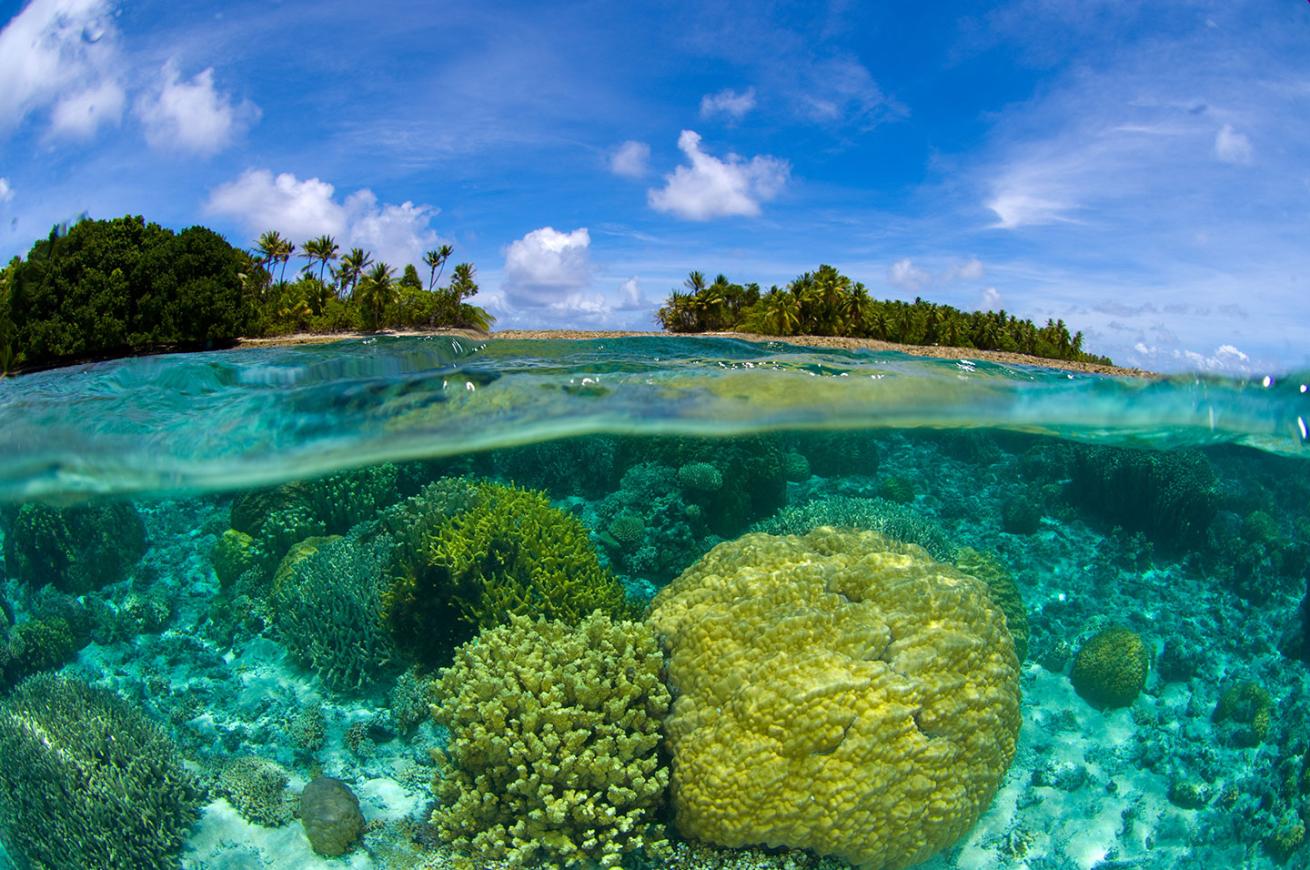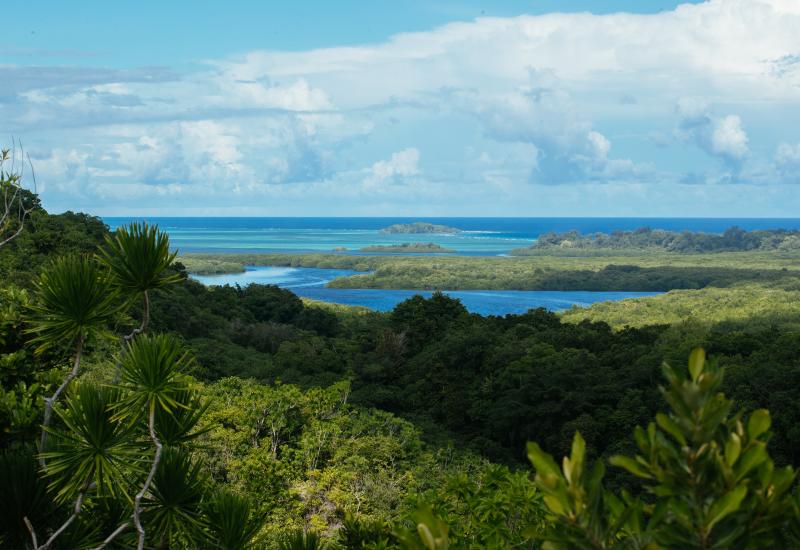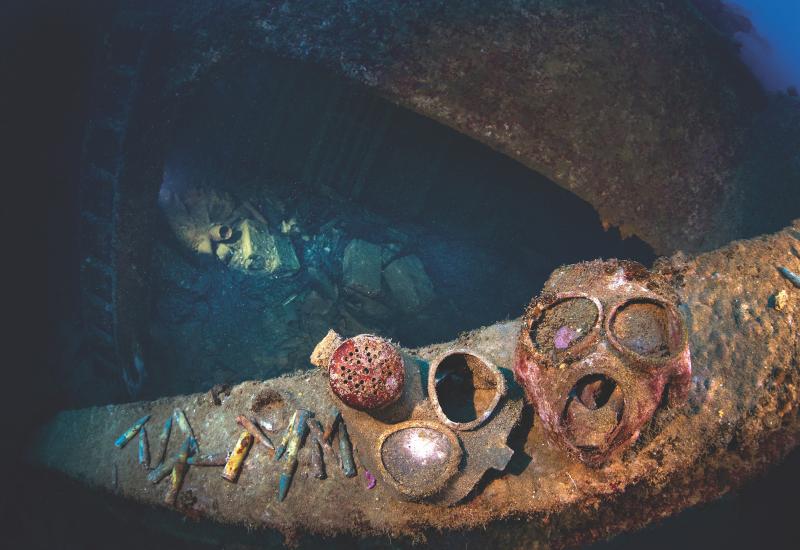"Blue Fee" to Fund Conservation Efforts in the Marshall Islands

ShutterstockThe Republic of the Marshall Islands is comprised of 1,225 islands and islets. Only five are single islands; the rest are coral atolls and islets. They lie in two parallel chains known as sunrise (Ratak) and sunset (Ralik).
9 December 2016, CBD COP13, Cancun Mexico — The Republic of the Marshall Islands has announced the Blue Fee, an internal financial initiative that uses a percentage of the islands tuna fund for financing national biodiversity conservation effort and climate adaptation efforts.
This was one of several announcements made by the island nation at the 10-year celebration of Island Leadership including the 10th anniversary of the Micronesia Challenge, coordinated by the Global Islands Partnership (GLISPA) during the Thirteenth Conference of the Parties to the Convention on Biological Diversity.
"We strongly feel that the health of our natural resources are our responsibility; our economy, our cultural and traditional heritage, and our future depends on it," said Mae Adams on behalf of the Hon. Mattlan Zackhras, the Minister in Assistance to the President of the Marshall Islands.
"It has been a part of our traditional heritage to care for our land and our ocean environment," said Adams. "We live in a world that cannot wait for us to get the "words" right; our natural environment does not remain in stasis, and thus requires action now."
The Marshall Islands also extended marine protection around two of its atolls, Majuro and Kwajalein, by 50 miles. It is a member of the Micronesia Challenge with the Federated States of Micronesia, Palau, Guam and the Commonwealth of the Northern Marianas Islands, which have committed to effectively conserve at least 30 percent off the near-shore marine resources and 20 percent of the terrestrial resources across Micronesia by 2020.
"We congratulate these initiatives by the Marshall Islands," said Stuart Chape, Director of the Biodiversity and Ecosystem Management Division of the Secretariat of the Pacific Regional Environment Programme (SPREP).
"Local, island solutions to help address challenges we face today often require resourcing and the Blue Fee, Micronesia Challenge and Marine Conservation Areas are both national and regional initiatives that aim to safeguard their environment, biodiversity and in turn, the resilience of their communities," said Mr Chape.
The Marshall Islands are in the process of developing their State of Environment Report with support from SPREP, the last one was completed in 1992. This will help provide information about environmental conditions, the trends and pressures faced. Also in development is the National Environment Management Strategy which will help set the strategic direction for the Office of Environmental Planning and Policy Coordination.
Want to learn more about Micronesia? Visit the Micronesia section of our website.
The Marshall Islands has also announced its membership of the Global Island Partnership, a partnership that promotes actions for island conservation and sustainable livelihoods by inspiring leadership, catalyzing commitments, and facilitating collaboration.
"I feel that being a member of GLISPA we have an opportunity to share the lessons we have learned; to have a space to think through ideas and come up with solutions," said Adams.
"Island nations have been given labels such 'small,' 'developing,' 'vulnerable.' The initiatives we are celebrating show that we are big, we are innovative, and we are turning our vulnerabilities into strengths," added Adams.
The Celebrating 10 Years of Island Leadership: A Global Island Partnership was held on December 8, 2016, at the CBD COP13.
Visit the Global Island Partnership for more information.










